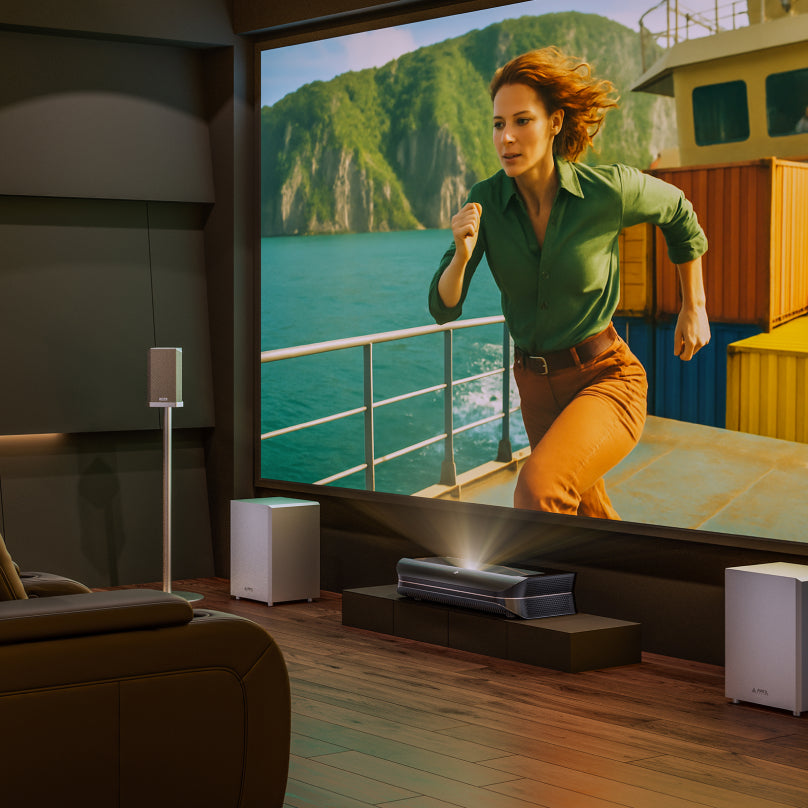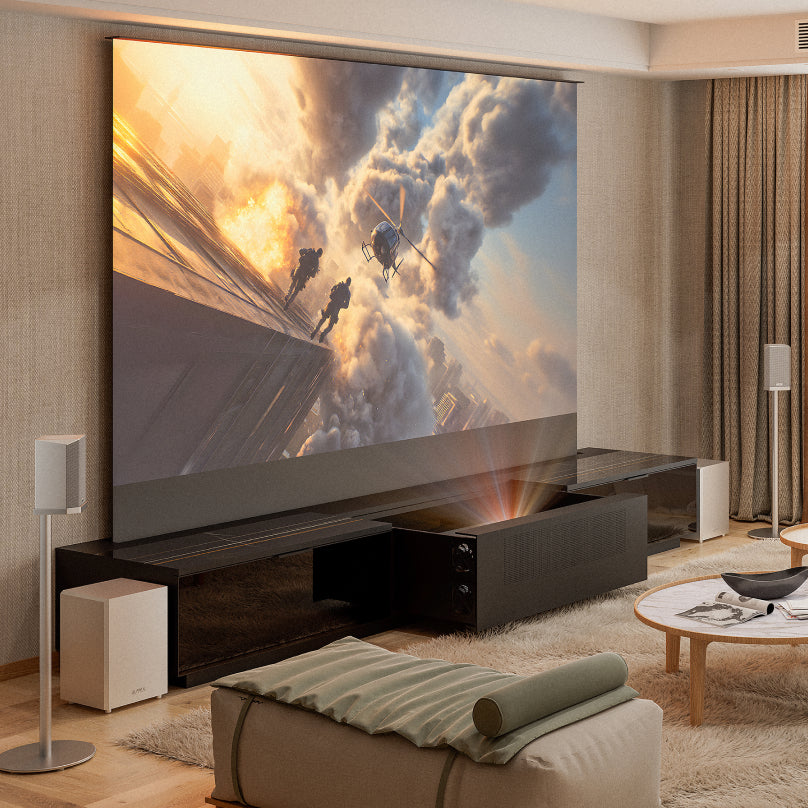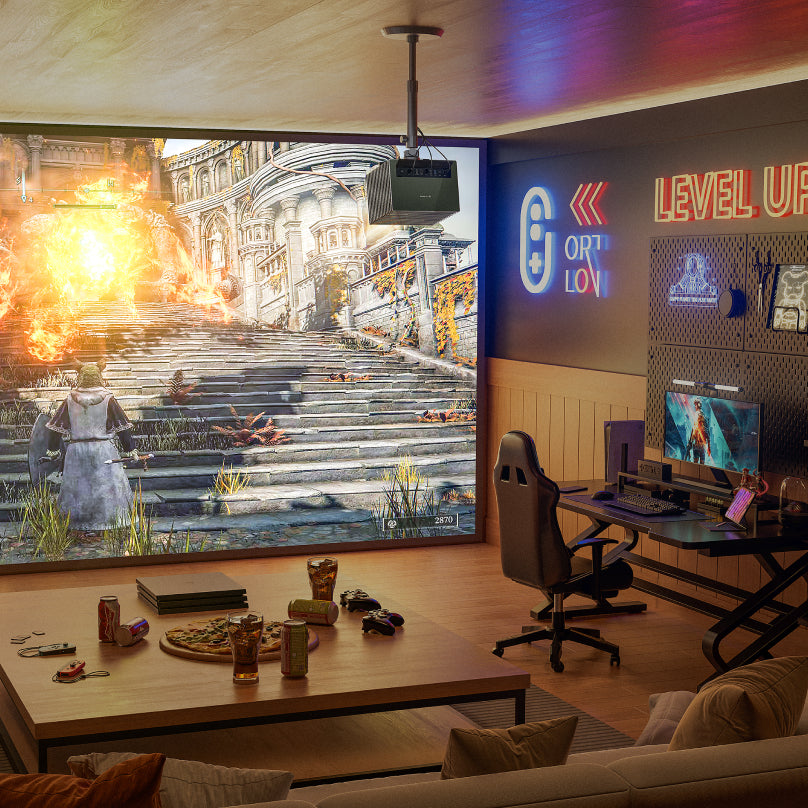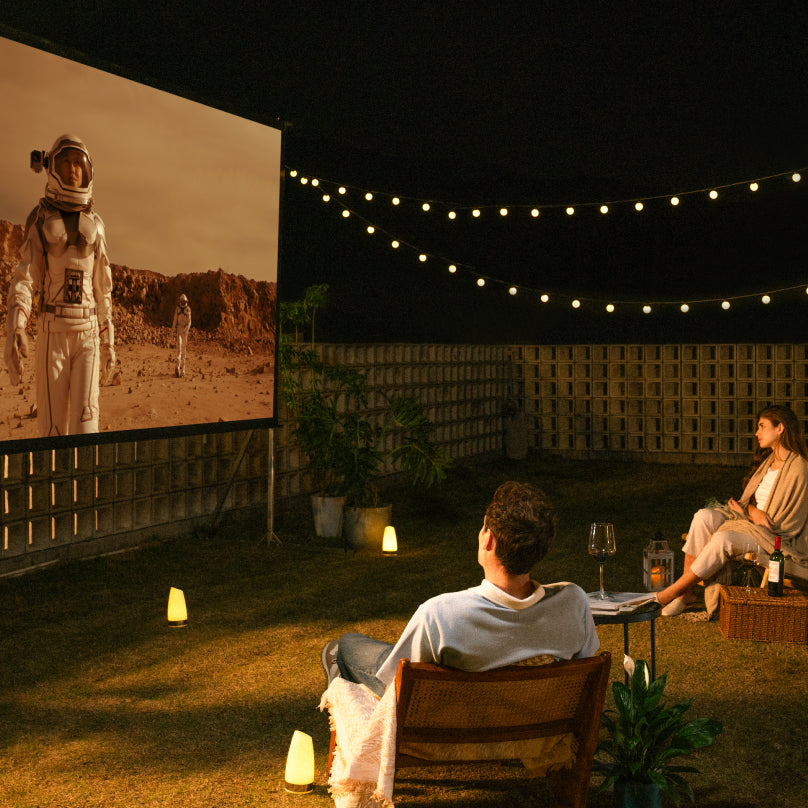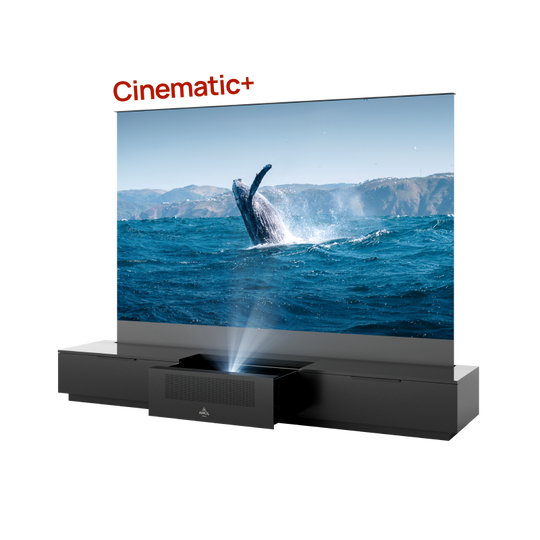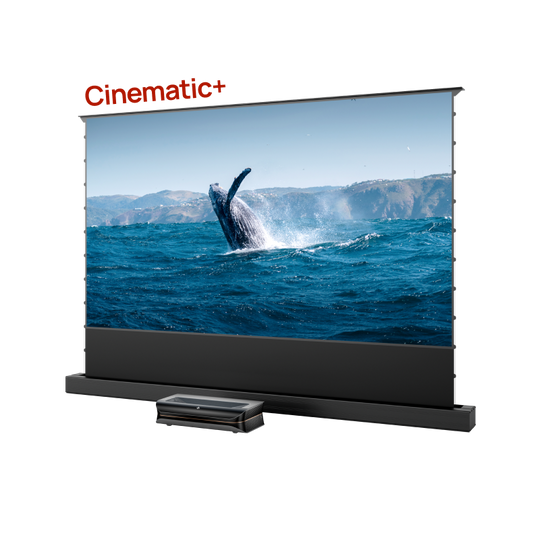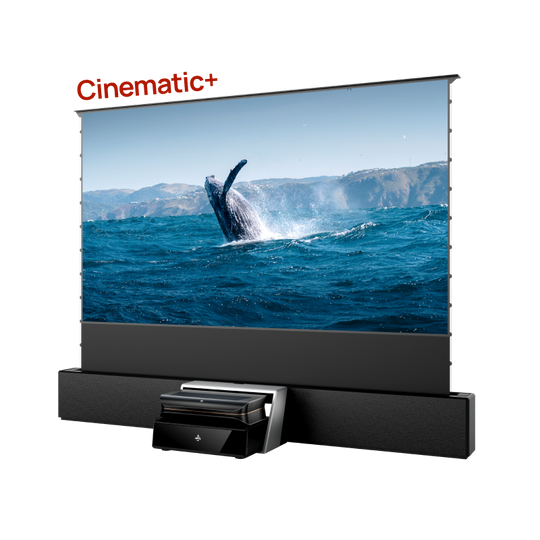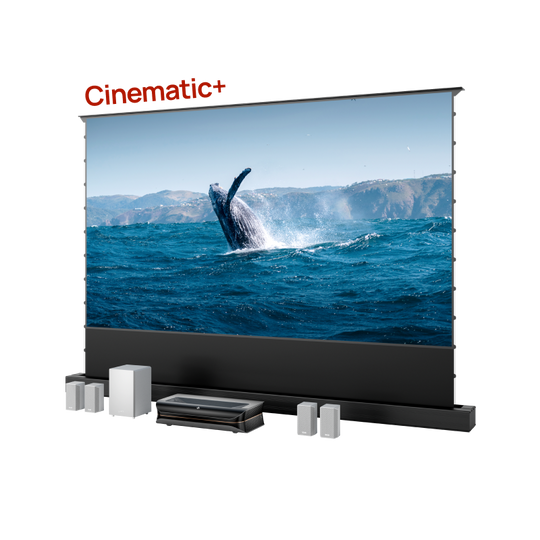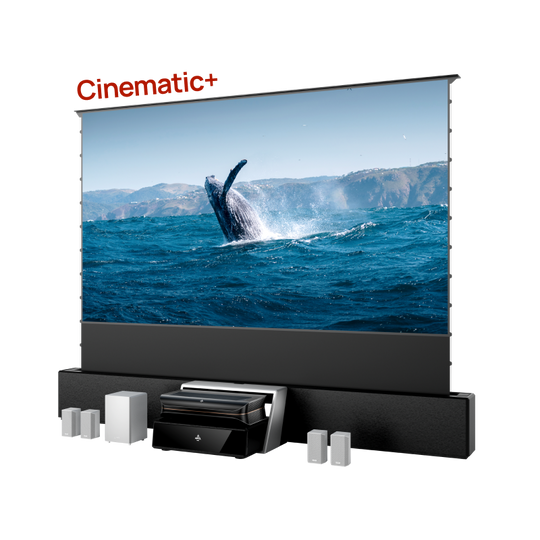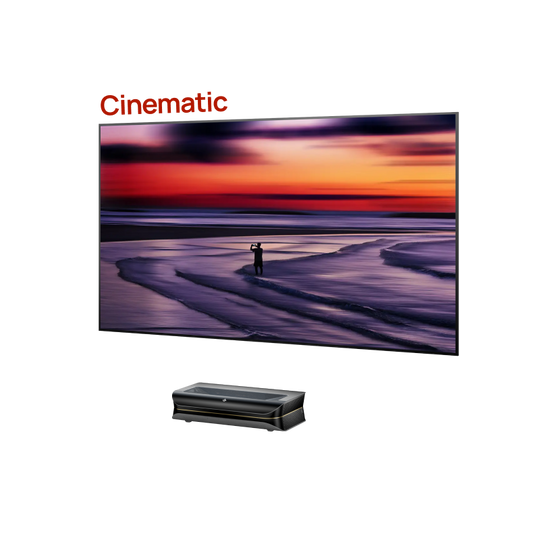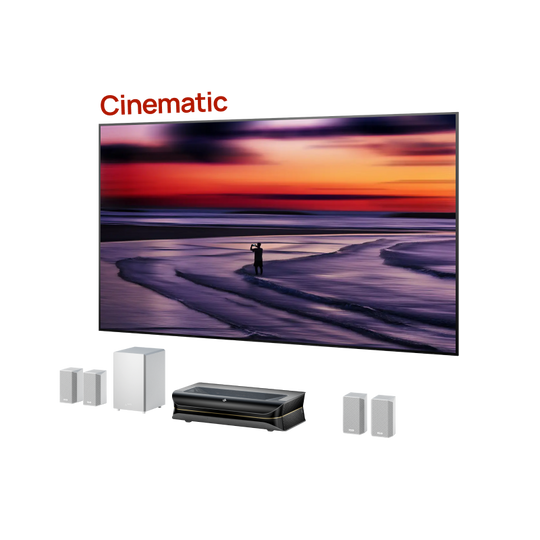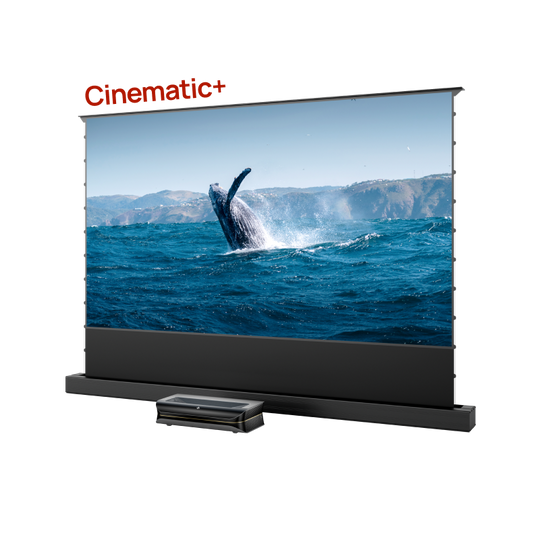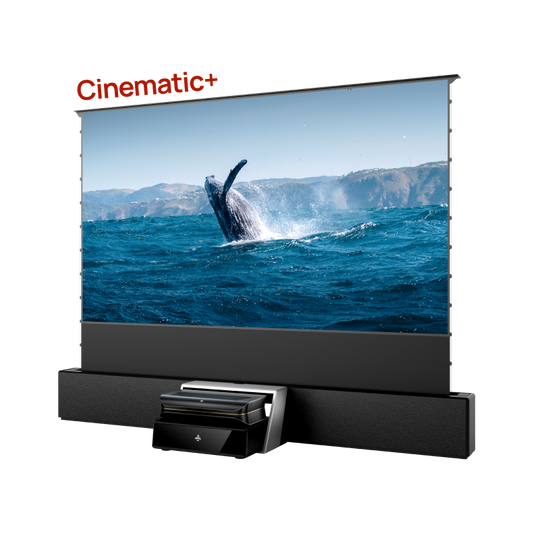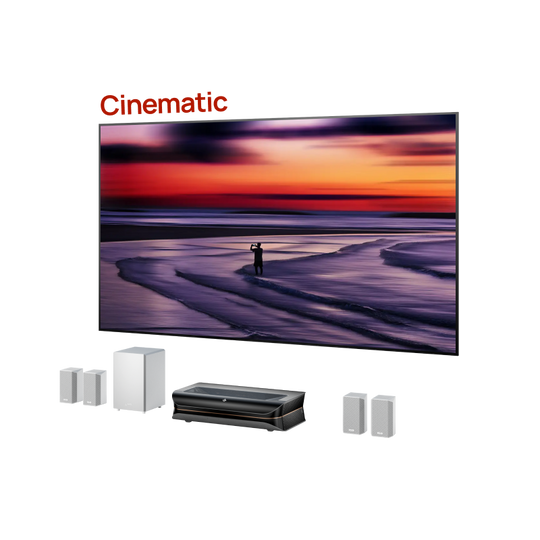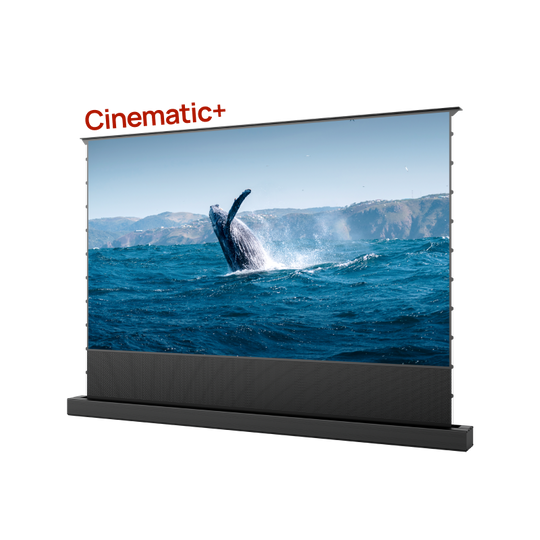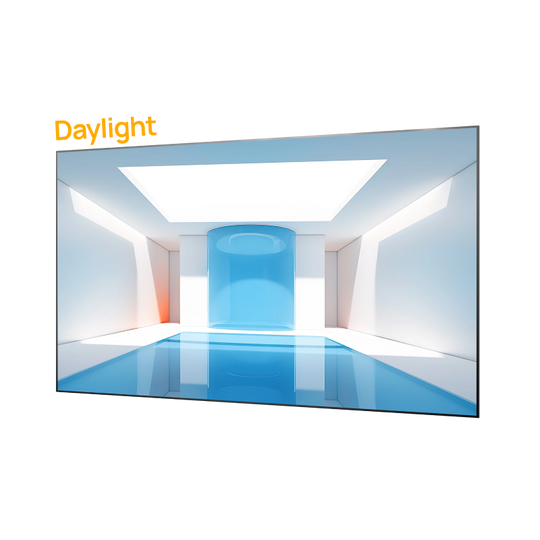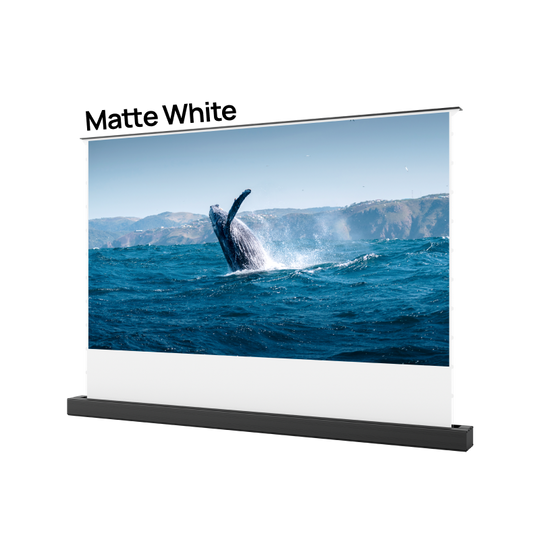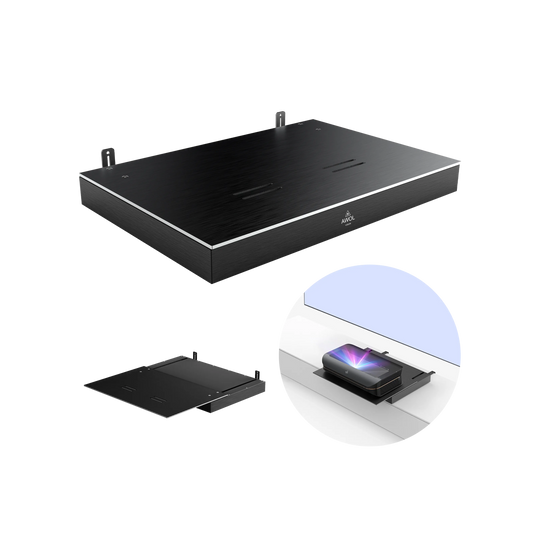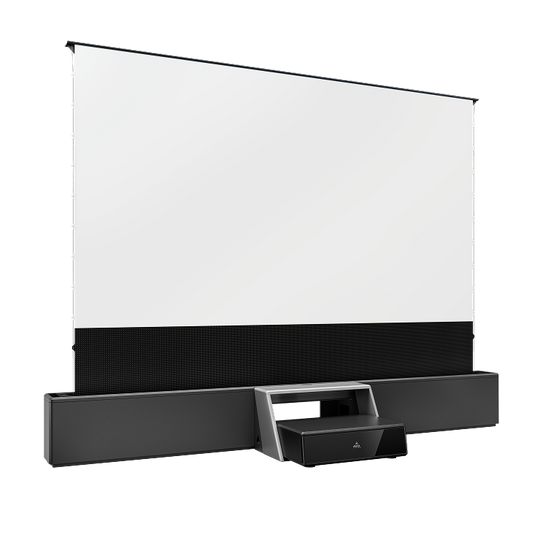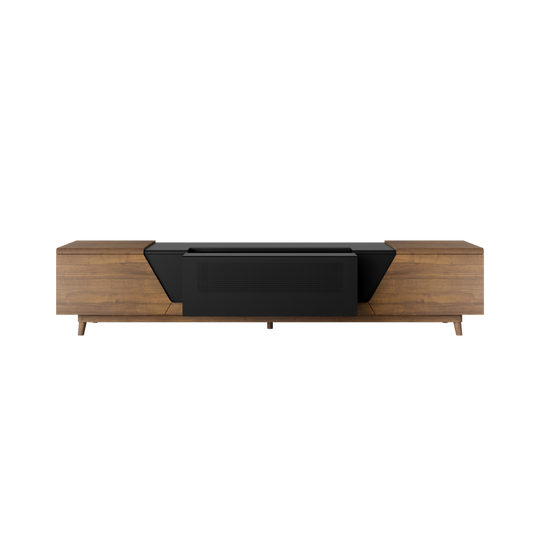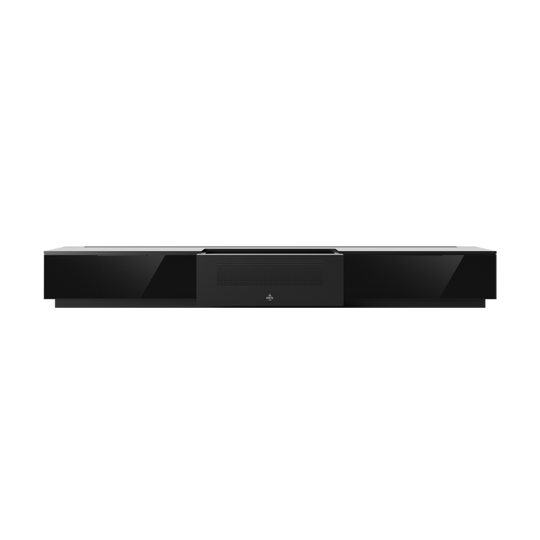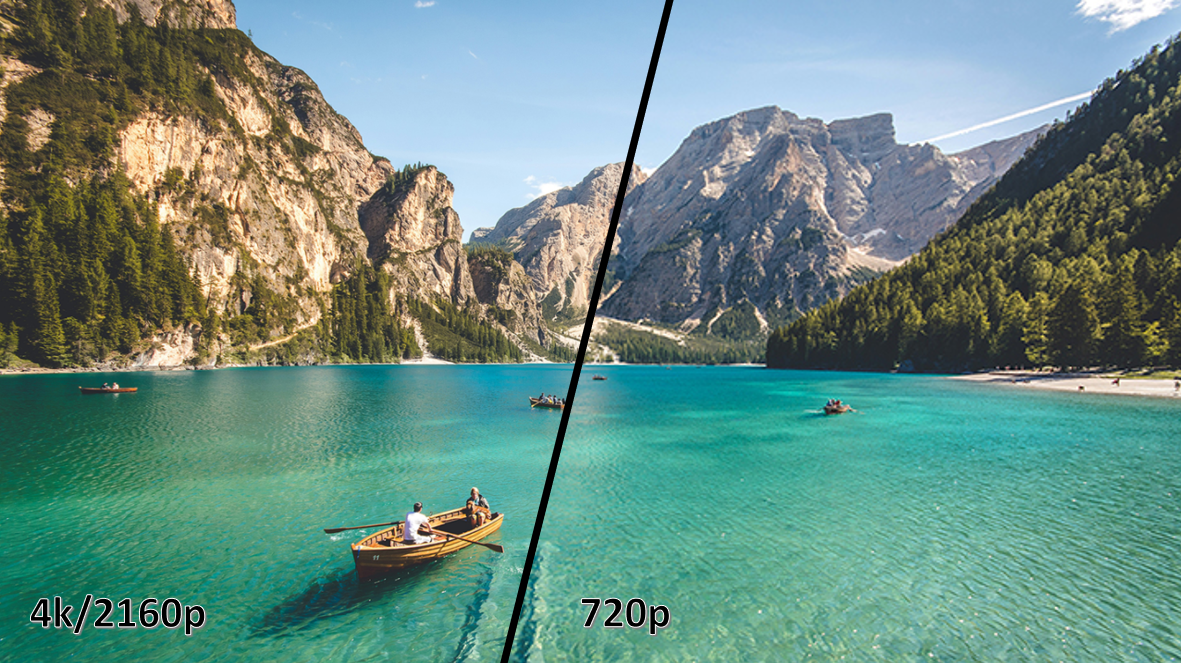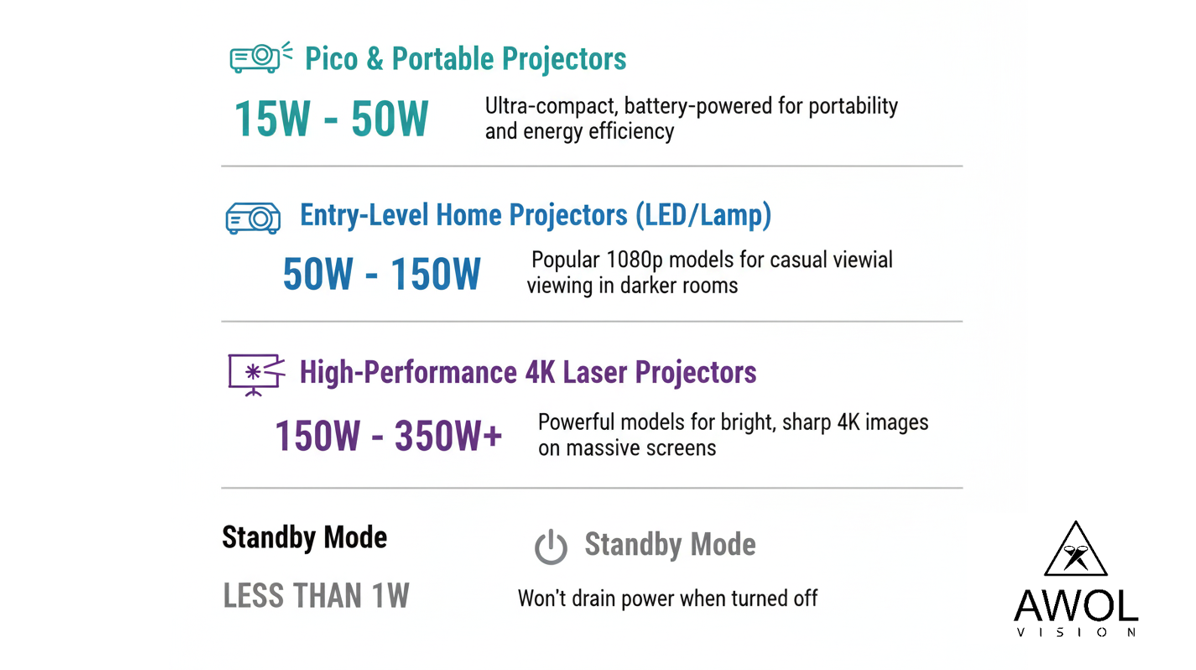You’ve seen the labels everywhere. You’re streaming a movie, and the quality settings show options like 480p, 720p, and 1080p. You’re shopping for a new TV or projector, and the boxes are plastered with terms like "HD," "Full HD," and "4K." It can be confusing, and it often leads to a very common question: where does 720p fit into all of this? Is it actually HD?
It’s a frustratingly simple question without a simple "yes" or "no" answer in today's tech landscape. Let's clear up the confusion for good.
This guide will give you the direct answer, explain why the terminology is so confusing, and help you understand what resolution really matters for your viewing experience.
The Direct Answer: Is 720p Considered HD?
Let's get straight to the point. Yes, 720p is technically the original minimum standard for High Definition (HD).
However—and this is the source of all the confusion—it is not "Full HD." That label is reserved for the next step up. The reason 720p's status feels uncertain today is that our standards for what constitutes "high quality" have risen dramatically since it was first introduced.
The Tiers of "HD": A Quick Breakdown
To really grasp the difference, it helps to know the official terms and the pixel counts that define them. Each step up represents a significant increase in image detail and clarity.
- HD (High Definition) or "HD Ready": This is 720p, which has a resolution of 1280 x 720 pixels. It became the first widespread HD format in the mid-2000s, offering a revolutionary leap in clarity for the first flat-screen TVs and early HD gaming consoles.
- Full HD (FHD): This is 1080p, with a resolution of 1920 x 1080 pixels. It contains more than double the pixels of a 720p image. Driven by the success of Blu-ray, 1080p quickly became the gold standard for home viewing throughout the 2010s.
- Ultra HD (UHD) or 4K: This is 2160p, with a resolution of 3840 x 2160 pixels. With four times the pixels of 1080p, 4K is the current premium standard for modern displays. Introduced in the mid-2010s and now widely available, it offers the highest level of detail for streaming, gaming, and a true cinematic experience. You can learn more in our FHD vs QHD vs UHD guide.
Is the Difference Between 720p and 1080p Noticeable?
This is a key question that directly impacts your viewing experience. The answer depends entirely on two factors: screen size and viewing distance.
- On Small Screens: If you're watching a video on your smartphone, the screen is so small and your eyes are so close that the pixel density is very high. In this scenario, it can be difficult to tell the difference between a 720p and a 1080p video.
- On Large Screens (TVs & Projectors): On a large screen, the difference isn't just noticeable—it's dramatic. When an image is stretched to fill a 65-inch TV or a 100-inch projector screen, a 720p resolution simply doesn't have enough pixels to maintain a sharp image. The picture will look "soft," blurry, and you'll lose fine details in things like textures, distant objects, and text. For a truly clear projector image, more pixels are always better.
So, Is 720p Still Good in 2025?
While it was revolutionary in its day, the honest answer for most situations in 2025 is no, 720p is no longer considered good for primary viewing. With 1080p being the common baseline and 4K content becoming widely available, 720p is noticeably outdated on any reasonably sized screen.
However, it still has a few acceptable uses:
- Streaming on a mobile phone when you want to save cellular data.
- Viewing on a small, secondary screen, like a smart display in the kitchen.
- As the resolution for some video conferencing platforms where bandwidth is more important than image quality.
- As a bare-minimum option for gaming on a small monitor if high performance is a priority over visual fidelity.
For any display you use for watching movies, sports, or your favorite TV shows—especially a projector creating a massive, cinematic image—1080p should be your absolute minimum, and upgrading to a 4K projector is the recommended standard for a truly immersive and detailed experience.
Resolution Explained: Your Questions Answered (FAQ)
Is 720p Full HD or 1080p?
1080p is Full HD. 720p is just the minimum standard for HD, sometimes referred to as "HD Ready."
Is 720p HD or SD? 720p is definitely HD. It offers a much clearer and more detailed picture than Standard Definition (SD), which is typically 480p resolution.
Why does YouTube not always label 720p as "HD"?
This is a great question that gets to the heart of the confusion. Streaming platforms like YouTube adapt to user expectations. As 1080p and 4K have become the norm for high-quality video, these platforms now often reserve the red "HD" badge for 1080p and higher to signal a truly crisp viewing experience to users.
On a projector, is 4K really worth it over 1080p?
Yes, absolutely. Because a projector creates a much larger image than a TV, every single pixel is more important. The leap from 1080p (which has about 2 million pixels) to 4K (which has over 8 million pixels) results in a monumental increase in sharpness, depth, and realism. On a 120-inch screen, this is the difference between watching a movie and feeling like you're looking through a window into another world. It’s a key reason why the 4K projector vs. TV debate often favors projectors for true cinematic immersion.
